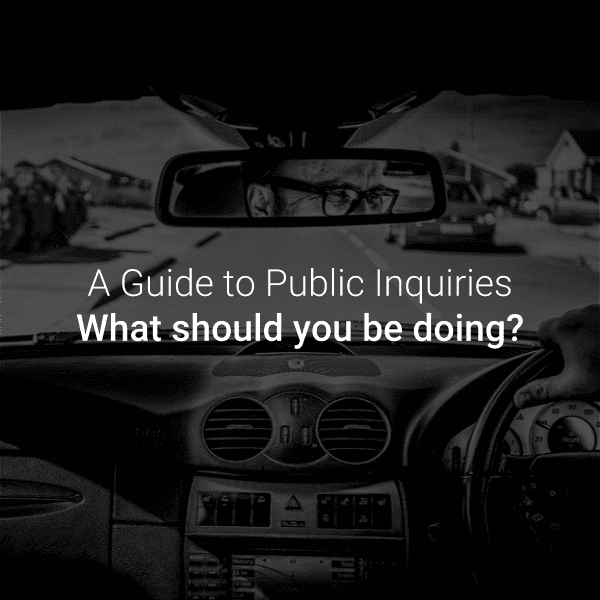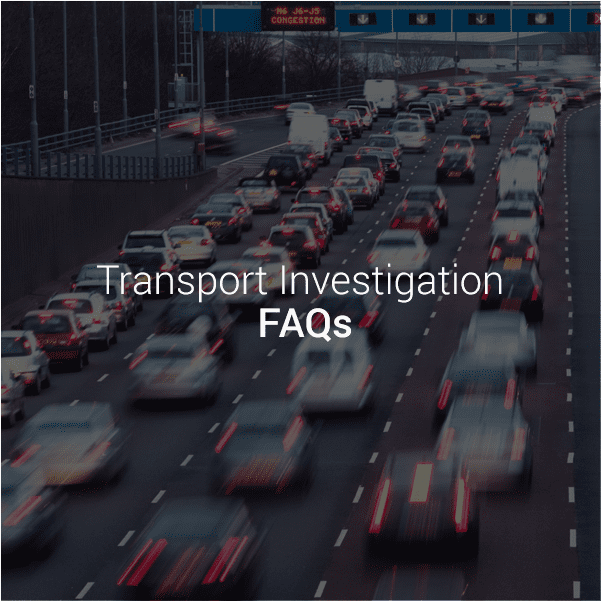Understanding Totting Up and Exceptional Hardship
For many drivers, penalty points feel like a minor inconvenience, a fine here, a few points there. But those points can quickly add up, and if you reach 12 within a three-year period, you risk facing a serious driving ban. Known as ‘totting up’, this process can lead to at least six months off the road, with life-changing consequences for work, family, and daily responsibilities.
In this guide, we answer the most common questions about totting up and explain how drivers may be able to avoid disqualification through an exceptional hardship application.
If you’re interested in a particular section, use the links below to navigate straight to it:
- What is totting up?
- How is the three-year period calculated?
- What happens if I get 12 points?
- How long does a totting up ban stay on your licence?
- Can I avoid a totting-up ban?
- What counts as exceptional hardship?
- What evidence is needed?
- Can I argue exceptional hardship more than once?
- Are there any other legal arguments?
- How we can help
Need assistance with a totting up disqualification or road traffic offence? Contact our road traffic defence team today.
What is totting up?
Totting up happens when a driver accumulates 12 or more penalty points on their licence within a three-year period. When this threshold is reached, the court must impose a driving ban of at least six months unless the driver can successfully argue exceptional hardship.
How is the three-year period calculated?
The three years are measured from the date of offence to the date of offence, not from the date the points were endorsed on the licence. This distinction can sometimes catch drivers out. For example, if an offence occurred before older points expired but was not processed until months later, those points can still count towards the total.
What happens if I get 12 points?
The process usually begins with a Notice of Intended Prosecution (NiP). This must be completed and returned correctly to avoid committing a further offence under section 172 of the Road Traffic Act 1988.
In some cases, the driver may then be offered a fixed penalty, but once the police or DVLA systems flag that too many points have been accumulated, the case is passed to the court under the Single Justice Procedure. Ultimately, the driver will receive a summons to attend court, where magistrates will decide whether and for how long they will be disqualified.
How long does a totting up ban stay on your licence?
A totting up disqualification usually lasts a minimum of six months, but the court can impose a longer ban depending on the driver’s history. During this period, the driver cannot operate any motor vehicle.
Once the ban ends, the driver must reapply to the DVLA for their licence. If the disqualification lasts more than 56 days, any penalty points on the licence are removed when it is reinstated.
Can I avoid a totting-up ban?
In some cases, yes. Drivers can make what is known as an exceptional hardship application to the court. If this application succeeds, the magistrates may reduce the length of the disqualification or allow the driver to continue driving despite having 12 or more points.
What counts as exceptional hardship?
Exceptional hardship must go beyond the inconvenience that naturally follows from a driving ban. When considering an exceptional hardship application, the court will have regard to the following:
- The driver will have to show on the balance of probability that any grounds they rely on exist, and this will normally require evidence to be presented to the court by the driver or anyone else relevant to the grounds.
- The hardship alleged must be more than just inconvenience, and must be evidenced as being exceptional in nature. It is anticipated that any disqualification imposed will cause some hardship, and this is the intended punitive/deterrent outcome of committing further driving offences after previous endorsements.
- Courts will examine and consider all alternative options available to a driver, including if they can use public transport/ rely on lifts or afford a driver. They will also look at if the driver can make any alternative arrangements to their working patterns or life in order to mitigate the disqualification.
- Whilst loss of employment will often be a consequence of a disqualification, this alone is not enough to prove exceptional hardship. The driver will also need to show that the consequence of that loss of employment would then cause further unintended/significant hardship. For example, loss of accommodation/educational fees/caring responsibilities. The hardship does not have to be to the driver themselves, and often is to others that the driver is responsible for.
What evidence is needed?
The driver will need to support their case with evidence and may have to provide documents or witness testimony. The court will also test whether there are realistic alternatives, such as using public transport, rearranging work patterns, or paying for a driver. Only when those options are shown to be unworkable will the court consider that true exceptional hardship exists.
Can I argue exceptional hardship more than once?
It is possible to raise the argument again, but not for the same reasons, within a three-year period. Drivers who succeed in avoiding disqualification will still be driving with 12 or more points, meaning that any further offence could bring them back to court quickly, this time without being able to reuse the same argument.
Are there any other legal arguments?
Yes. In limited cases, a driver may argue what are known as ‘Special Reasons’. This applies where the offence was committed, but in unusual circumstances, such as a genuine medical emergency. If the court accepts that special reasons apply, it can choose not to endorse the licence with points, which can prevent the driver from reaching the 12-point threshold.
How we can help
Totting up disqualifications can have far-reaching consequences for work, family and daily life. An experienced road traffic solicitor can assess your circumstances and present your case in the most effective way.
At Richard Nelson LLP, our road traffic defence team, led by Eve Patterson, has extensive experience in helping drivers minimise the impact of penalty points and avoid unnecessary disqualifications. If you are facing a totting up ban, contact us today for specialist advice.




